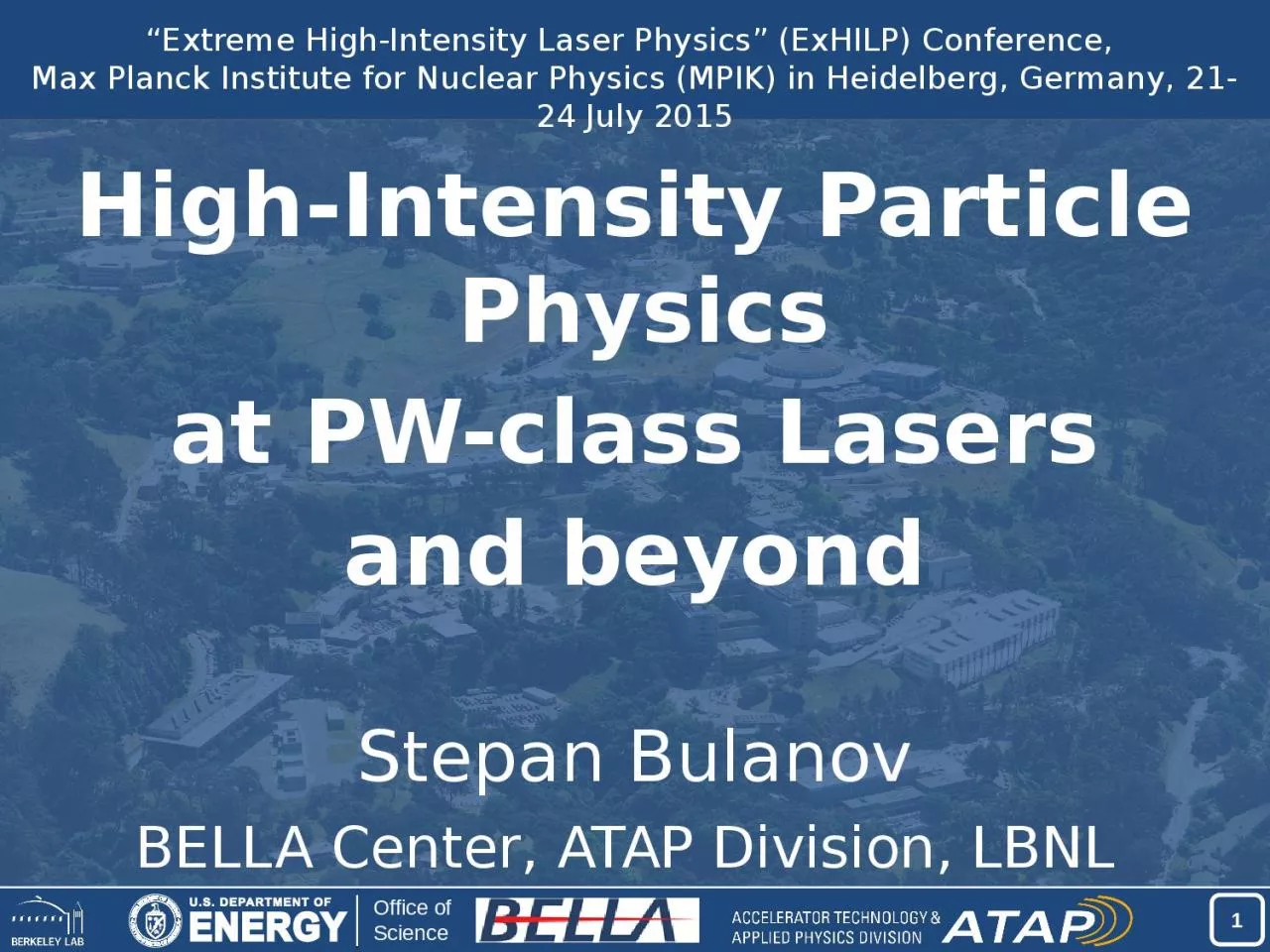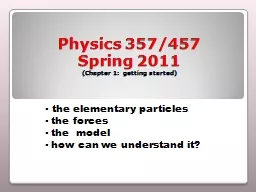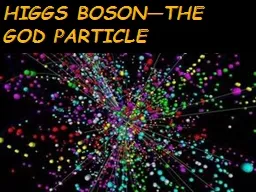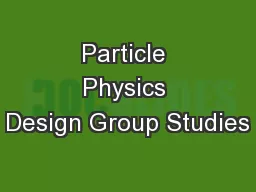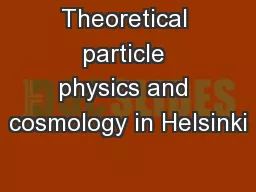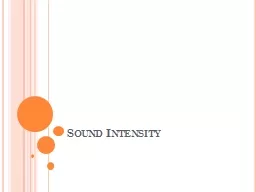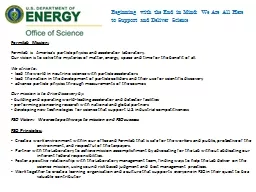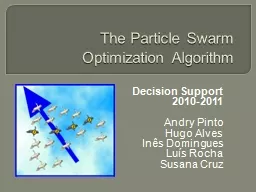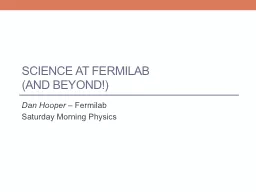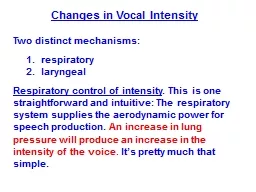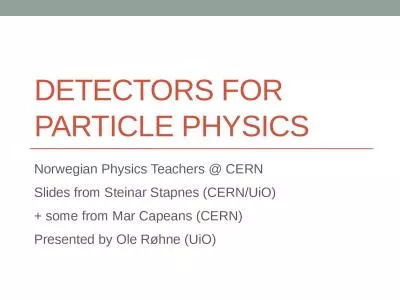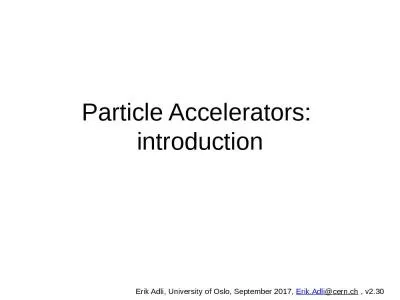PPT-High-Intensity Particle Physics
Author : ash | Published Date : 2022-06-11
at PWclass Lasers and beyond Stepan Bulanov BELLA Center ATAP Division LBNL Extreme HighIntensity Laser Physics ExHILP Conference Max Planck Institute for Nuclear
Presentation Embed Code
Download Presentation
Download Presentation The PPT/PDF document "High-Intensity Particle Physics" is the property of its rightful owner. Permission is granted to download and print the materials on this website for personal, non-commercial use only, and to display it on your personal computer provided you do not modify the materials and that you retain all copyright notices contained in the materials. By downloading content from our website, you accept the terms of this agreement.
High-Intensity Particle Physics: Transcript
Download Rules Of Document
"High-Intensity Particle Physics"The content belongs to its owner. You may download and print it for personal use, without modification, and keep all copyright notices. By downloading, you agree to these terms.
Related Documents

